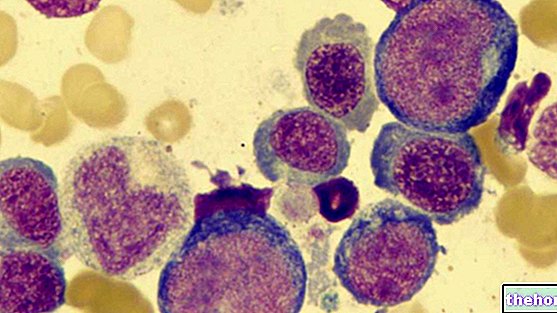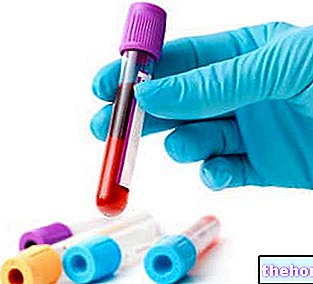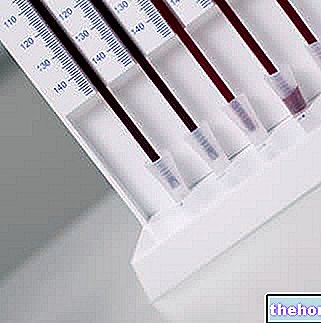Generality
Reticulocytes are not yet mature red blood cells. Consequently, the reticulocyte count is the main indicator of the extent of red blood cell production.
This analysis is important for assessing the functionality of the bone marrow and its ability to produce an adequate number of erythrocytes (synonymous with red blood cells).

What's this
Reticulocytes are the transition elements between nucleated erythroblasts (proerythroblasts) and red blood cells. These cells of the erythroid lineage are produced in the bone marrow and, when released into the bloodstream, take on the characteristics of the erythrocyte, after maturation of about one day (note: the whole differentiation process lasts 10 days).
Reticulocytes are defined by the presence of cytoplasmic material, consisting mainly of mitochondria and residues of genetic material (ribosomal ribonucleic acid), which can be highlighted as granules and filaments with supra-vital coloring, such as brilliant cresyl blue.
Red blood cells survive around 120 days in circulation; consequently, the bone marrow is continuously engaged in the production of new erythrocytes, which replace the old or degraded ones. In this way, a constant number of red blood cells is always maintained in the blood.
The absolute or percentage reticulocyte count is a good indicator of a person's bone marrow ability to make red blood cells (erythropoiesis).



-quando-preoccuparsi.jpg)
























